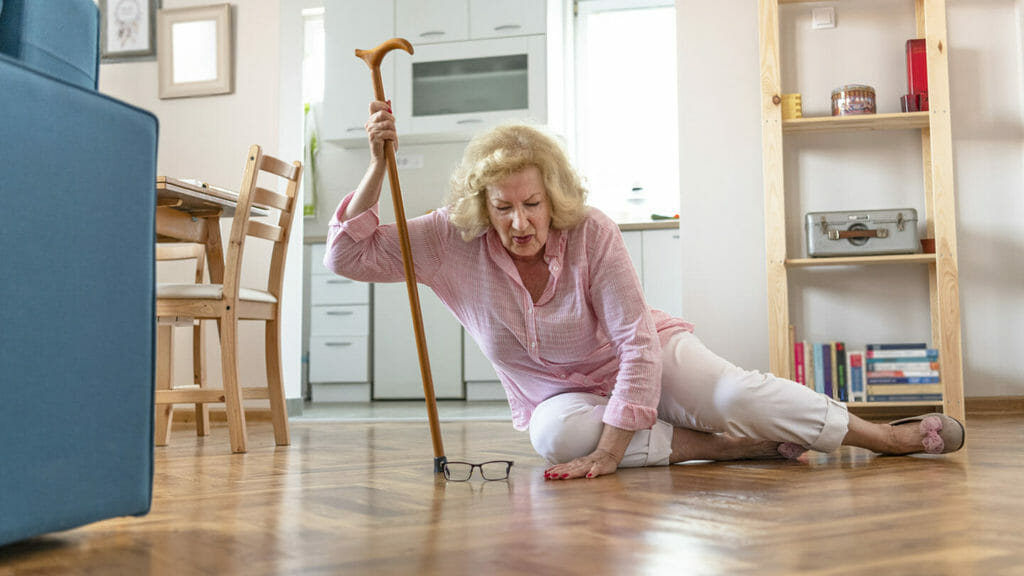
Older adults with contrast sensitivity impairment are at greater risk for falls than those without vision problems, a new study found.
Researchers from the University of Michigan at Ann Arbor and the University of Utah examined the association between vision impairment (VI) and falls in older adults. Their findings were published in the Journal of the American Geriatrics Society.
For their study, researchers used cross-sectional data from a National Health and Aging Trends of 2,951 Medicare beneficiaries, age 71 and older. Tests were done to measure subjects’ distance visual acuity, near visual acuity and contrast sensitivity. Contrast sensitivity is defined as the ability to perceive sharp and clear outlines of very small objects, according to the National Institutes of Health.
The researchers found that older adults with contrast sensitivity issues were at significantly higher falls than those without vision problems, and also had a greater fear of falling.
“In the current study, contrast sensitivity impairment was significantly associated with recent and recurrent falls, even independent of distance and near visual acuity…” study authors wrote. “The influence of contrast sensitivity on falls may be explained by the importance of discerning edges in the environment, like steps, curbs, and other trip hazards.”
However, the researchers did not find a similar connection between near or distance vision and falls.
“The prevalence of falls is associated with poor contrast sensitivity but not with near or distance visual acuity,” the authors wrote. “Findings suggest greater collaboration between geriatricians and eye care providers may be warranted to assess and address fall risk in older adults with VI.”
According to the authors, the study represents the first nationally representative study to assess the relationship between objectively measured vision and falls and fall-related outcomes in older US adults, and highlights the importance of contrast sensitivity in falls in later life.




